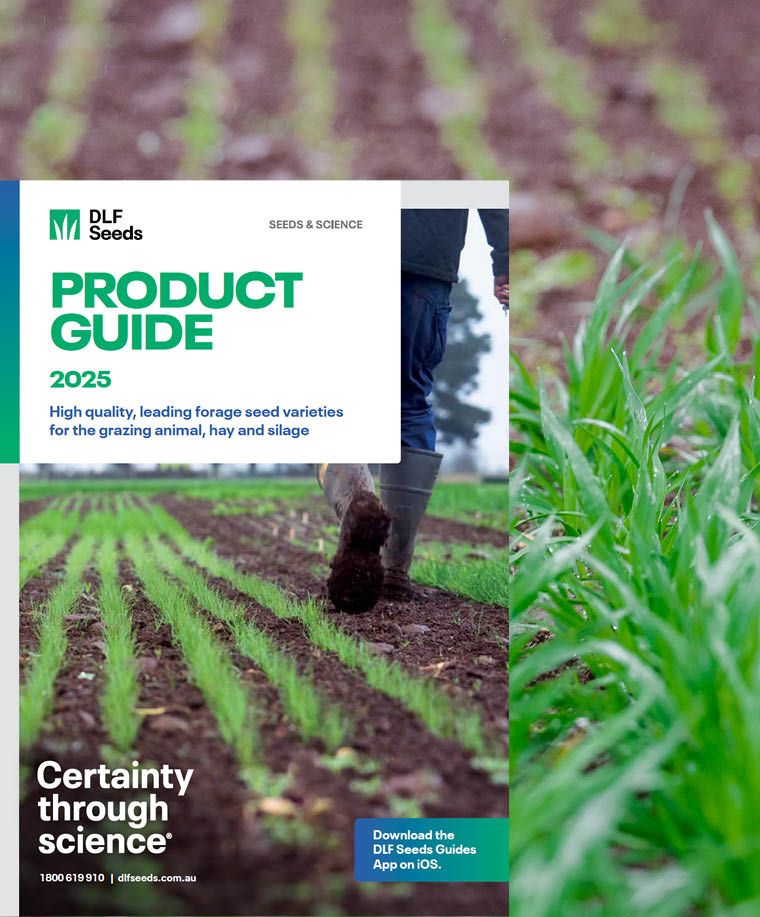Get in Touch
Contact Us
National team

Find Your Local Sales Agronomist
Legacy offers improved clover production in your high performing perennial pasture system. It is a large leaf white clover that brings greater persistence and improved year round production. Greater productivity and persistence of clover results in more Nitrogen being fixed to drive pasture performance.
Sowing rate (sole): 3-5kg/ha
Sowing rate (mixed): 2-5kg/ha

Grasslands Legacy has been bred in New Zealand, using a comprehensive crossing method (poly crossing). Legacy is an elite selection where 5 breeding lines were selected and crossed after three years of trialing in a dairy farm trial in Manawatu, New Zealand.
The selection criteria used for Legacy was:
Management of Grasslands Hilltop small-medium leaf white clover will depend on the pasture mix it is in. It has been bred to cope with intensive sheep grazing but can persist under a number of situations and stock classes.
Legacy has shown to have good levels of resistance to Clover Root Weevil (CRW). While this has not been measured, it is an observation that the more vigorous white clovers tend to persist better against CRW.
Legacy, like all other white clovers, is still susceptible to Red Legged Earth Mite (RLEM) and protection against such a devastating pest at the point of sowing is critical.
Ensure you purchase Legacy with PGG Wrightson Seeds Superstrike™ Seed Treatment. Poncho® Plus is included as part of the Superstrike treatment and will help protect against such pests as RLEM. Monitor the newly establishing Legacy white clover to ensure that there isn’t any other pests that may be effecting its growth and if so, be sure to seek advice on control measures needed.
Establishing white clover pasture seed can be challenging, but when done right, offers excellent rewards such as increased feed quality and overall dry matter production. White clover is classified as a small seed, but it is considerably smaller than many other species and it is very important to take a little more care when sowing any pasture that contains white clover.
A soil test is highly recommended to identify the levels of key nutrients; such as phosphorus, sulphur and potassium, as well as soil pH levels to ensure they are correct prior to sowing a new permanent pasture. Phosphorus is important for all species early in establishment and sulphur is more important for legume growth and development to aid with nodulation. Soil tests are easy to do and are an excellent tool to manage nutrient movement within a farm as well as down to a paddock situation.
Sowing depth is an important consideration and while seed to soil contact is still important to achieve the best results, sowing depth can be the biggest contributing factor of failure in establishing white clover. Sowing depth greater than 10mm will start to have a negative impact on the germination and eventual establishment of white clover.
Care needs to be taken when setting up the sowing equipment and to monitor the sowing depth throughout the sowing period. The use of a roller or harrows certainly helps if the sowing technique is to drop the seed on the soil surface rather than placing it into furrows.
Being a legume, white clover requires Group B inoculant to be applied to the seed prior to sowing. PGG Wrightson Seeds Superstrike™ Seed Treatment includes the Group B inoculant. Many Australian soils which have had white clover grown in the past may have background rhizobia present in the soil which will aid the ongoing growth for the life of the white clover.
For pasture seed sowing rates specific to your farming needs, contact your local DLF Seeds Sales Agronomist here
Minimum 800mm rainfall per annum unless irrigated
